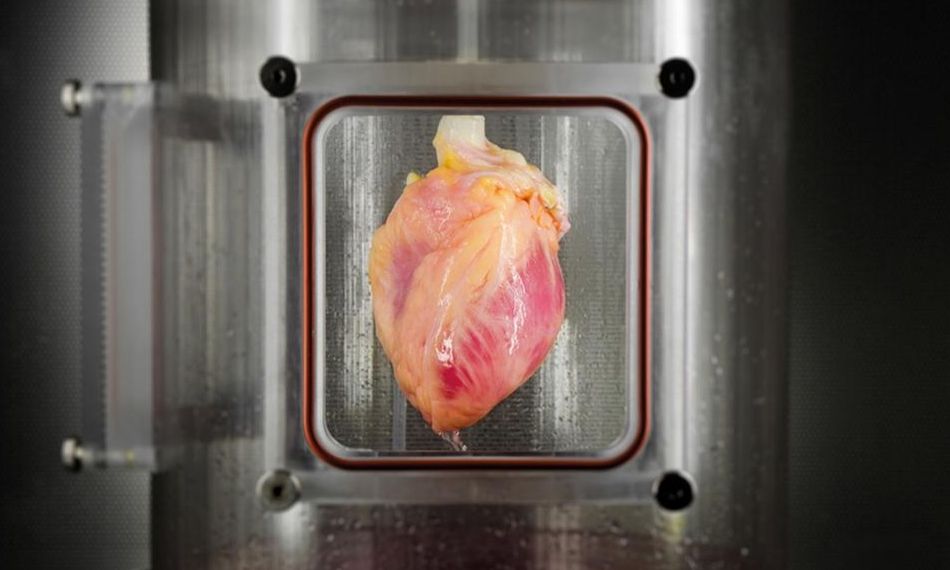
Thousands of people worldwide waiting for donor hearts that can save their lives. But only few of them get the chance, and given that the body can reject the foreign organ, it greatly reduces the number of successful transplants. Scientists have been working to solve this problem, and now a team of researchers from the Massachusetts Central hospital together with the staff of Harvard medical school came close to the creation of artificially grown hearts.
American scientists have grown tissue of the human heart in the laboratory, as reported in the journal Circulation Research. For their creation were used skin cells of an adult. Ideally, all of this in the future should lead to the cultivation of a full-fledged beating hearts from the cages of those people who need a transplant. The organs much easier to grow in the laboratory, where scientists have some semblance of frameworks for future bodies, which are distributed the cells.
In his previous work, the researchers who created the technology, which avoids the immune response of the recipient for the transplant to him of the body of another person. To achieve this they succeeded with the removal of certain cells, potentially capable to cause reactions of the immune system, from a donor organ with a solution of detergent. The remaining extracellular matrix scientists re-populated the appropriate type compatible with the recipient cells. Thus the scientists have managed to create fully functioning kidneys, and lungs in laboratory rats.
As a next step, scientists began experiments with a real human heart in a specially designed bioreactor. The body was cleansed of potentially dangerous cells, after which the remaining frame re-populated cardiac cells. The experiments were conducted on 73 human hearts, which researchers have provided one of the banks of bodies. Don’t worry, these hearts were deemed unsuitable for transplant, so anyone’s lives they could not save.
For obtaining cardiac cells, the researchers used a new method. They reprogrammed the skin cells of an adult person using the factors of mRNA, which causes less difficulties in subsequent regulation processes. Derived pluripotent stem cells, scientists had differentiated into heart muscle cells. The obtained cells is quite enough for research and transplant them in heart frames. A few days later, the scientists managed to grow the top of the frame spontaneously twitch muscle tissue.
The first time scientists have managed to regenerate heart muscle from human pluripotent stem cells in the acellular matrix of the whole human heart. They transplanted about 500 million cells in the wall of the left ventricle of the organ, pre-cardiac cells deprived. After two weeks the heart was in the automated system of the bioreactor. Scientists during this time were supplying the heart with nutrient solution and subjected to various stress factors. In the end, cells were transformed into immature heart tissue that responds to electrical stimulation.
Of course, while all of this was just an experiment, but it should be noted that their results are very promising. In the future this technology could escalate into a full-fledged growing human hearts in vitro, which will give a second chance to those people who wait for years for a suitable donor organ.
